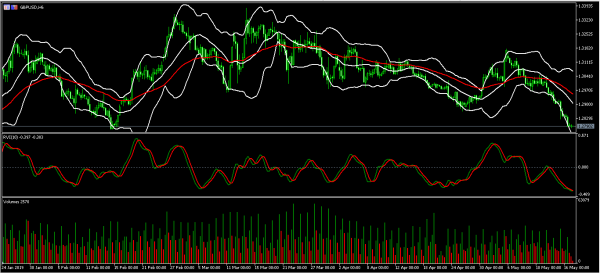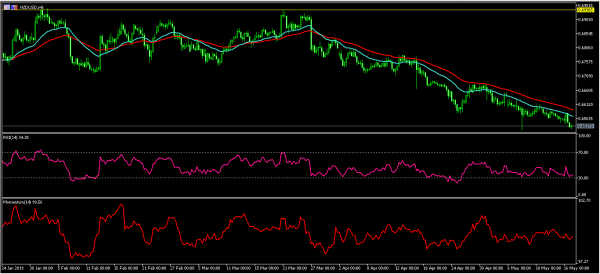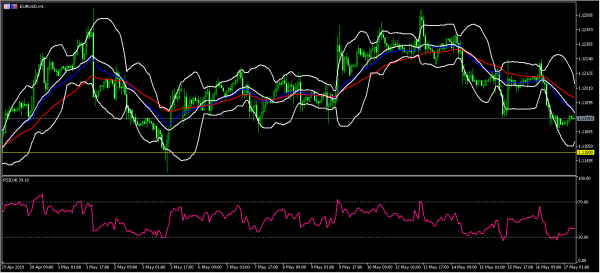Sterling declined after a report that Theresa May had accepted to resign as Prime Minister. According to the Financial Times, she has told senior conservative MPs that she has set out a timetable for that resignation. In recent months, May has been under pressure to resign after MPs rejected her Brexit deal. Hours before her decision, Boris Johnson confirmed his bid for Tory leadership.
The New Zealand dollar rose slightly after the country released the PMI number for April. The number showed that the PMI rose to 53, which was lower than the expected 54.5 but better than the previous 51.9. The PPI input, which measures the change in the price of goods and raw materials purchased by manufacturers, declined by -0.9%. This was worse than the expected growth of 1.4%. The PPI output, which measures the change in price of goods sold by manufacturers, declined by -0.5%, which was worse than the expected growth of 1.3%.
The euro was little moved ahead of important CPI data from the EU. Data is expected to show that the headline and core CPI remained unchanged at 1.7% and 1.2% respectively. On a MoM basis, the CPI is expected to decline to 0.7% from the previous 1.0% while the core CPI is expected to remain unchanged at 0.9%.
EUR/USD
The EUR/USD pair is trading at 1.1180, which is slightly higher than the previous low of 1.1165. On the hourly chart, this price is below the 50-day and 25-day moving averages and between the middle and lower lines of the Bollinger Bands. The RSI has emerged from the oversold level and is currently at 40. Today, the pair will likely move up slightly before resuming the downward trend.
GBP/USD
The GBP/USD pair continued to decline reached a low of 1.2780. This was the lowest level since February 14th 2019. On the six-hour chart, the price is along the lower line of the Bollinger Bands. The price is also slightly below the 50-day and 25-day moving averages. The Relative Vigor Index (RVI) has dropped to the oversold level while volumes have declined. The pair will likely attempt to make a recovery by trying to move upwards.
NZD/USD
The NZD/USD pair started to decline on March 27. Since then, it has dropped from a high of 0.6935 to a low of 0.6525. On the six-hour chart below, this price is below all the short and medium-term moving averages. The RSI has remained relatively unmoved at the current level of 34. The momentum indicator too has remained unchanged. Today, the pair will likely see smaller movements because there is no major data from the US and New Zealand.















